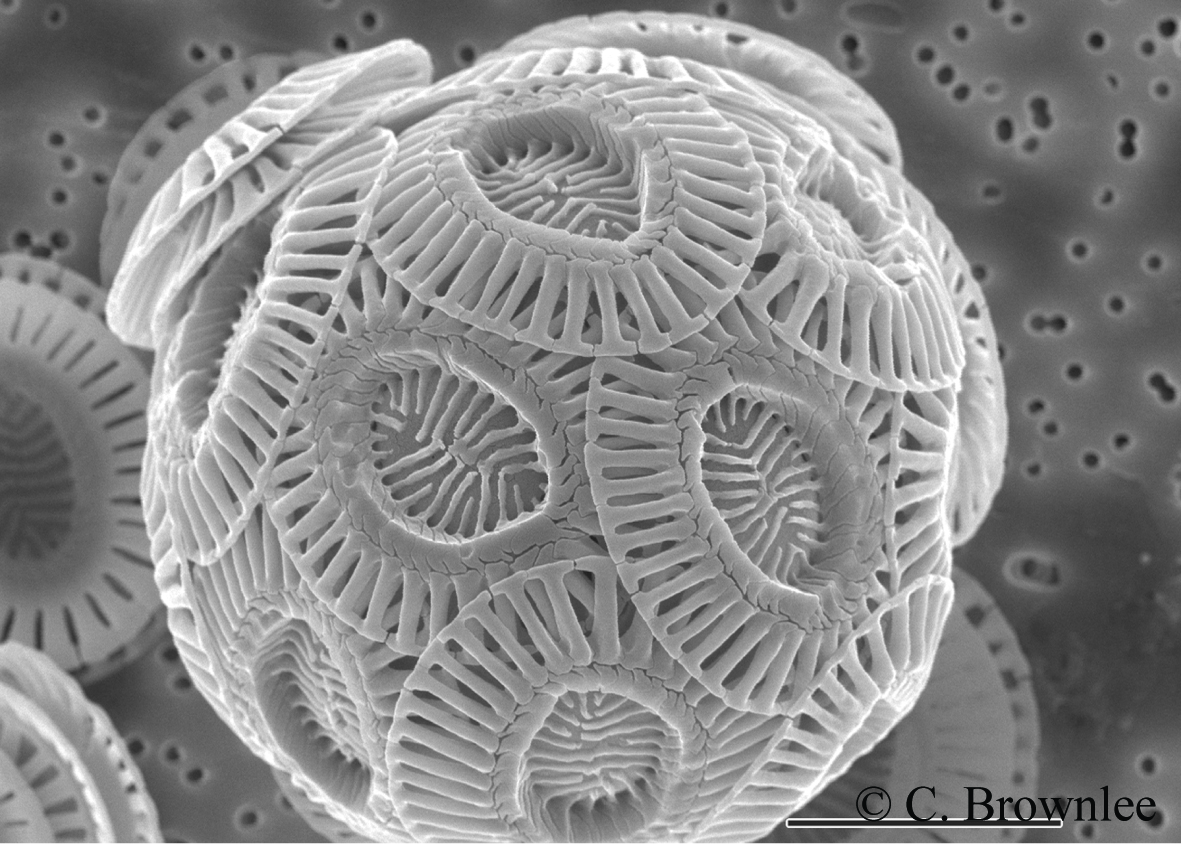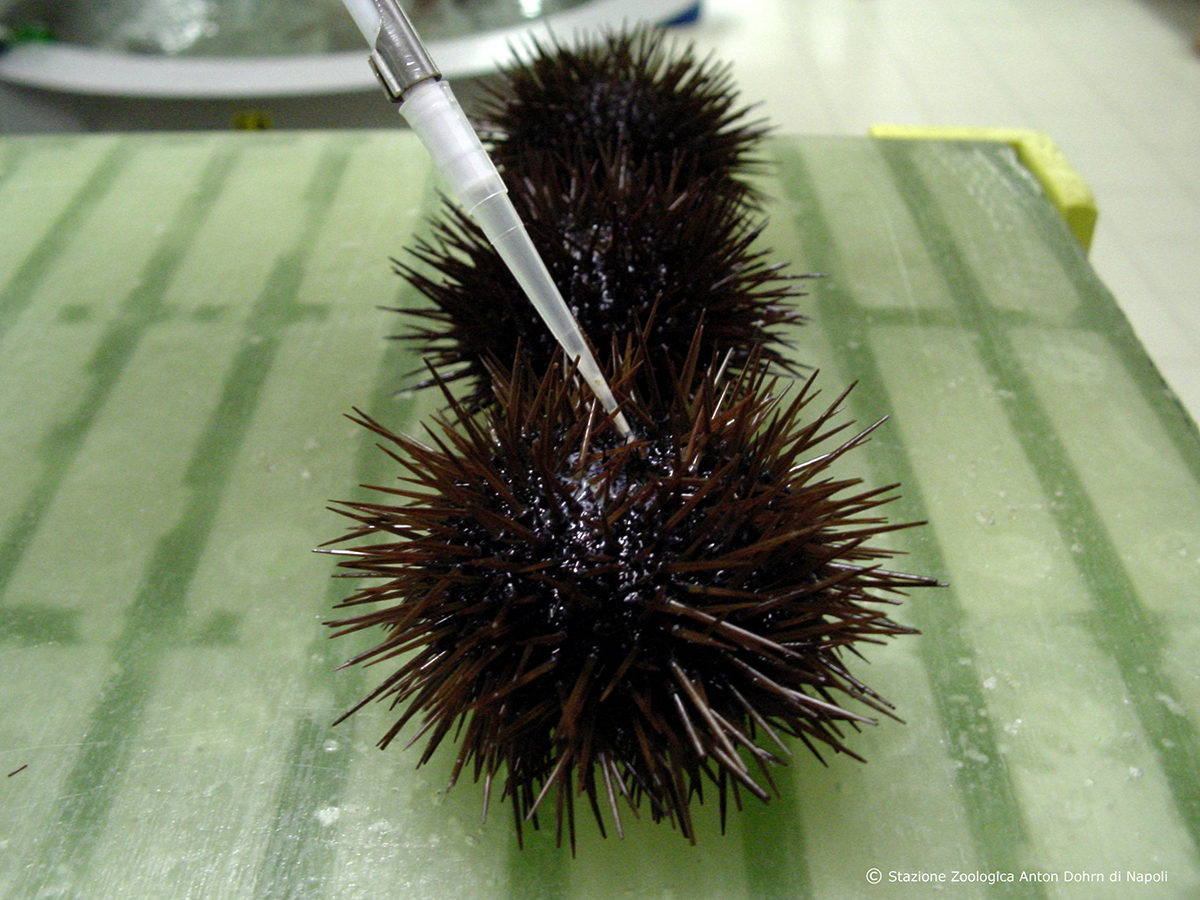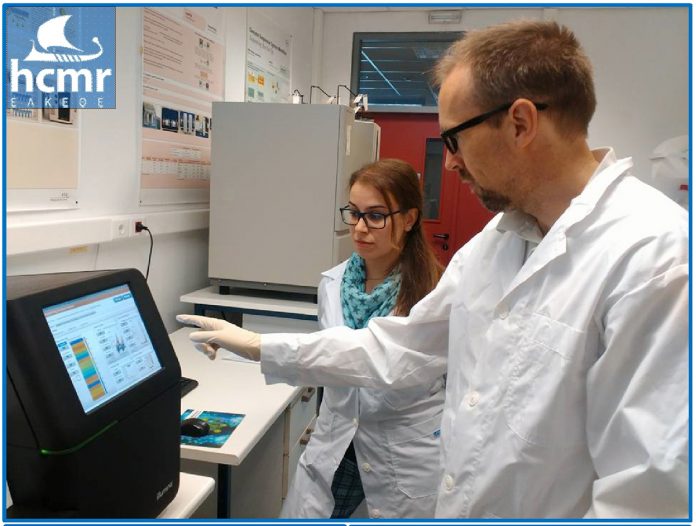Nicolas Pade, Executive Director at EMBRC-ERIC (European Marine Biological Resource Centre) takes a glimpse below the surface of marine genomics, including a fascinating discussion about our oceans and their health
Prior to genomic observatories, our ability to understand our oceans, evaluate their health, and look to them for inspiration was limited. DNA studies have now advanced to a point where we can study the complete set of genes of an organism (genomics) changing the way in which we have traditionally monitored and explored the seas, opening up a plethora of new opportunities and possibilities. Genomic techniques allow us to characterise whole organisms and ecosystems, in addition to focusing on single genes and their function. Such data provide insight to how organisms, their environments, and interactions influence the functioning of whole systems, such as the oceans. Linking organisms to their habitats enables us to gain a better and deeper understanding of how ecosystems work along with making us rethink how we can access and explore the genetic potential of marine organisms.
To develop this type of research, however, protocols for data collection and entry are necessary for proper analysis and have been initiated by networks of Genomic Observatories (GOs). With ever-growing genetic documentation and monitoring, the objectives of GOs are to create an inventory of genomic biodiversity, map population distributions over time and space, and standardise methods and data, while sharing information and resources.
Setting a framework for partnerships on the basis of genomic research in the marine field, the pan European research infrastructure EMBRC (European Marine Biological Resource Centre) is working to deploy a network of GOs across its sites. It is currently storing generated data across more than 20 sites. EMBRC is aiming to facilitate access to marine genomics data from the observatories. Providing access gives everyone a chance to study the many secrets the sea has yet to reveal and offers tools for Europe to improve our understanding of the oceans.
Genetic mapping of marine species, from microbes to megafauna, also has applications in other fields far removed from the sea. Humans share genes and genetic pathways with animals and learning about their genetic makeup enables us to understand human health and find inspiration for new treatments or medication. One particular similarity is mutualistic relationships with microbes. We rely on these microorganisms for digestion and our immunity in a similar manner to octopus and squid.

Furthermore, some organisms have unique immune traits, such as the great white shark’s exceptional healing abilities and their reduced susceptibility to cancer makes their DNA an excellent target for developing future gene therapies. Understanding the intricacies of their DNA and targeting the sections shared with humans has the potential to develop a novel treatment for humans. While genomic information from the marine environment is useful for our own health, it can also be applied to the health of the ocean. For example, DNA analysis can be used to identify the prey from a predator’s stomach content to understand where an animal fits in a food web. Knowledge of the source of food of an organism gives us information on the dynamics and behaviours of specific ecosystems. Data from GOs can also be applied on a large scale for environmental monitoring. Similar to taking temperature around the world, these types of measurements can be compared and used to look for shifts in community structure and biodiversity of a defined period of time. In the case of drastic changes in a marine ecosystem, such as oil spills or unusually hot summers or natural disasters, records can provide baseline data for monitoring ecological recovery.

Findings from genomic research of marine environments not only allow us to understand our planet but can be utilised to protect it. They are used to measure many of the indicators that make up the Marine Strategy Framework Directive of the Marine Commission ‘good environmental status’ (GES). While this type of research is used for GES, other legislations using indicators on biological diversity, invasive species and food webs could benefit from GO data as a step toward their goals. The ability to distinguish species involved in trophic chains, or food chains and in ecosystems can also advance the possibilities for fish stock management and making informed regulatory decisions. Genomic research has transformed approaches in science, from ecology to medicine, knowledge on ecosystems and policymaking. With the networks of GOs growing every year, genomics data is going to be increasingly easy to access, and research building on DNA of marine organisms is likely to flourish and revolutionise our understanding of the seas and uncover many new applications for the benefit of society.
Please note: This is a commercial profile
Nicolas Pade
Executive Director
EMBRC-ERIC
(European Marine Biological Resource Centre)
Tel: +33 1 44 27 81 15












